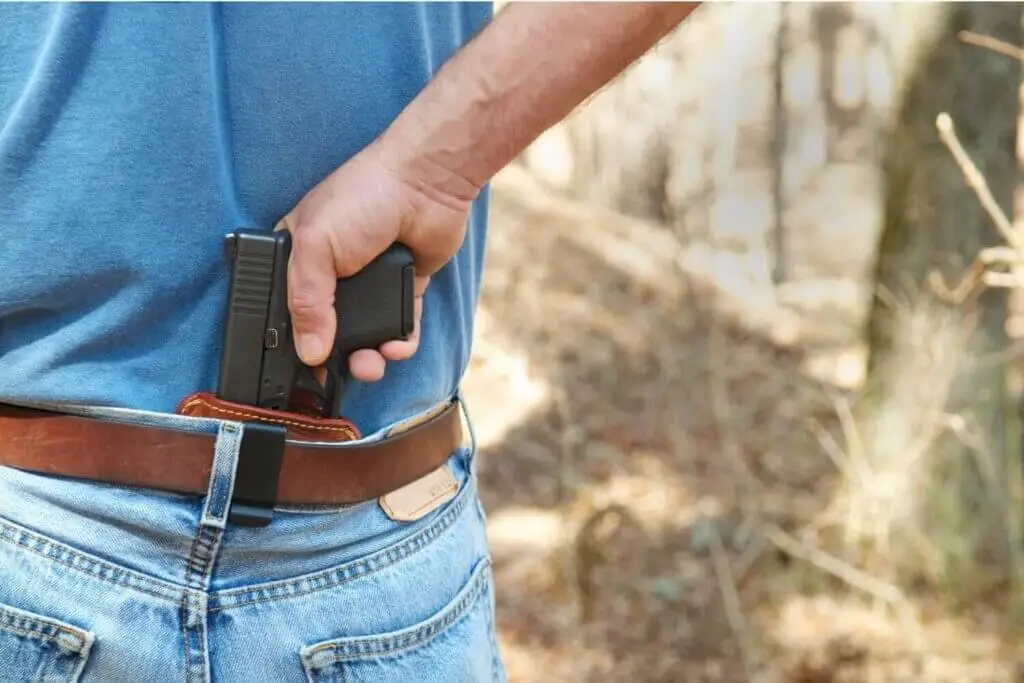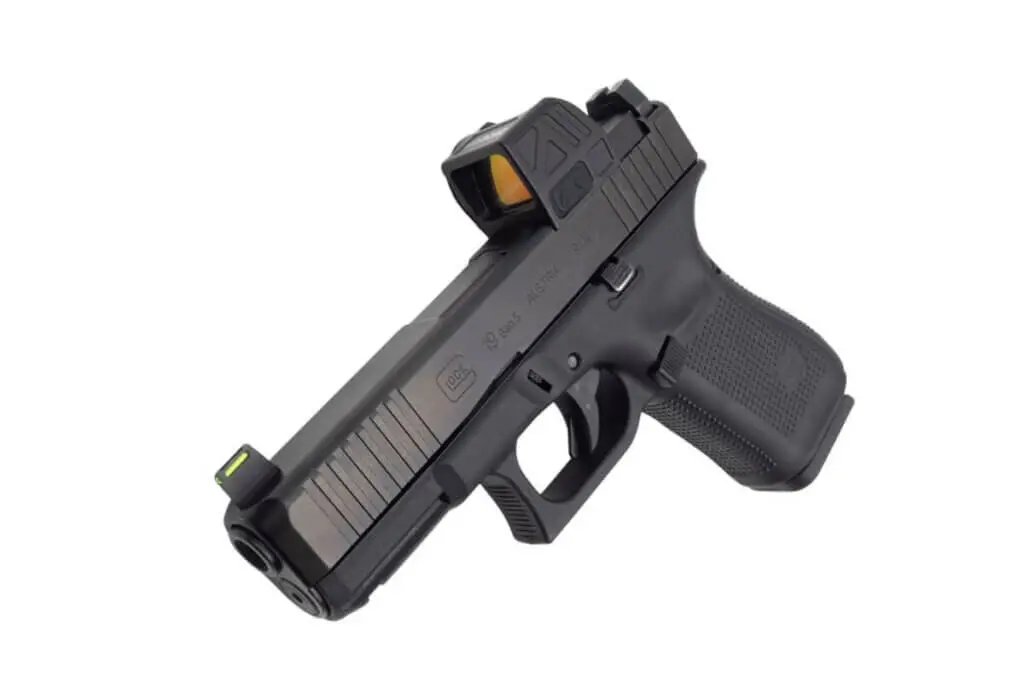No products in the cart.
If you want to make sure you get the right self-defense gun, you need to understand the difference between compact vs. subcompact Glocks. Both are popular concealed carry pistols, owing to their smaller size, but each type of pistol offers its own benefits. While some gun owners prefer the often larger capacity and handling surface offered by compact pistols, others wouldn’t think of carrying a firearm that bulky or heavy. Let’s take a look at the differences between the two and how to decide which one is the best starting place for your defensive carry.
There is no industry standard for what differentiates compact vs. subcompact handguns, including Glocks. While each manufacturer has its own criteria, it’s not uncommon to find advertisements competing with each other to split hairs. One is the lightest compact, while another is the smallest. One subcompact has the largest magazine capacity, and another has the thinnest slide. Many compact and subcompact pistols offer a form factor close enough to be practically identical, but in general, these differences are a good place to start:

There’s no universal “best concealed carry pistol”. If there were, a lot of manufacturers would be out of a job, as a single Glock model would likely corner the market. When choosing the right pistol, you need to consider the tactical situations you’re most likely to face and your body’s comfort and needs from a firearm.
Once you’ve chosen between subcompact vs. compact Glock models, you can settle into planning the customizations that bridge the gap between a good concealed carry pistol and the perfect concealed carry pistol for you. Aftermarket parts and accessories let you tailor your gun to enhance its capabilities and mitigate any weaknesses it may have as a defensive weapon.

You need a gun that can make every shot count, and we’re proud to offer you the parts from reliable manufacturers that can build it. Whether you’re customizing a new stock gun or taking your favorite to the next level, you’ll find the gear you need to get the job done. Order your compact and subcompact Glock parts and accessories from JSD Supply today.